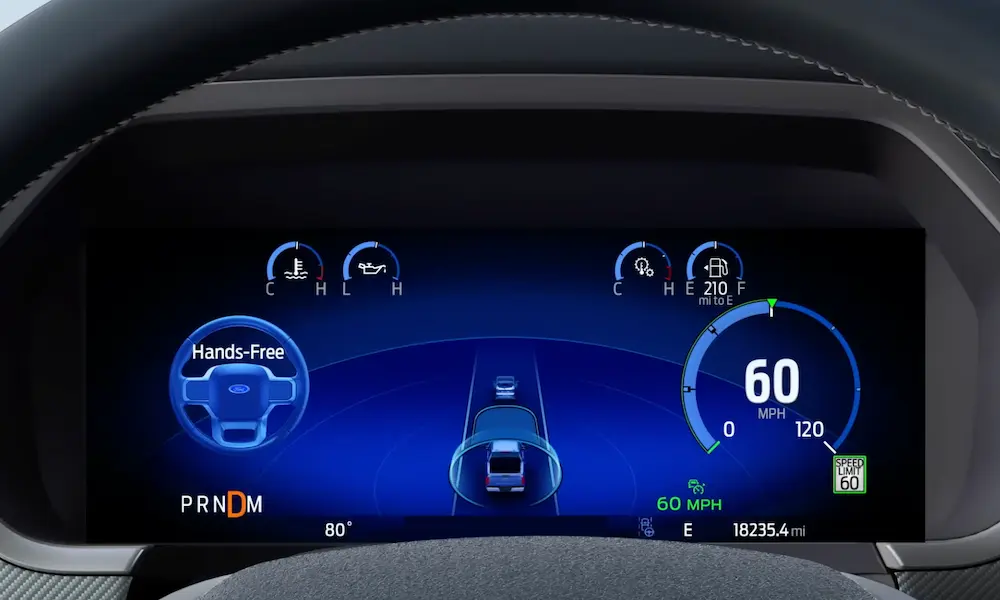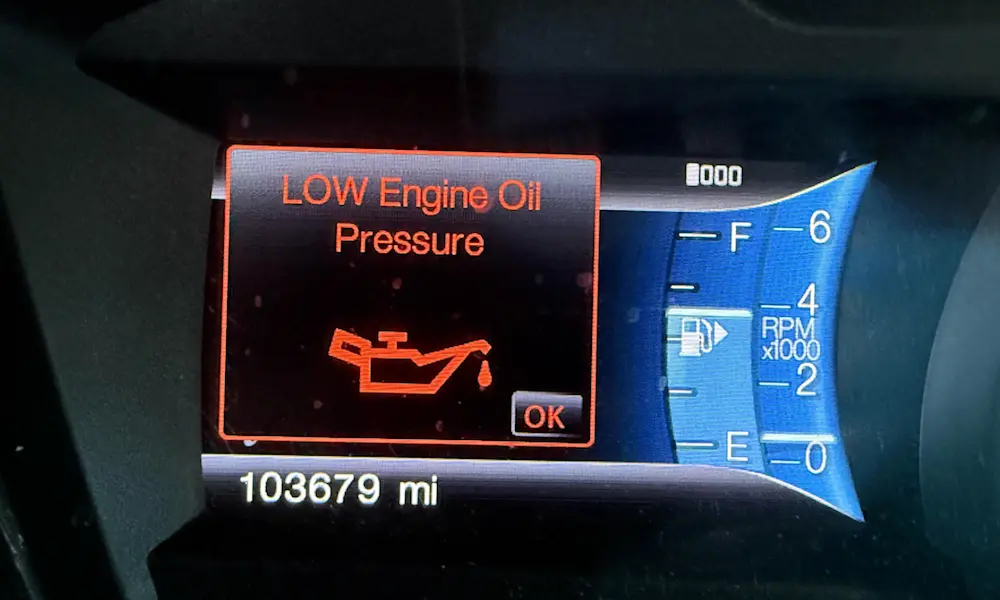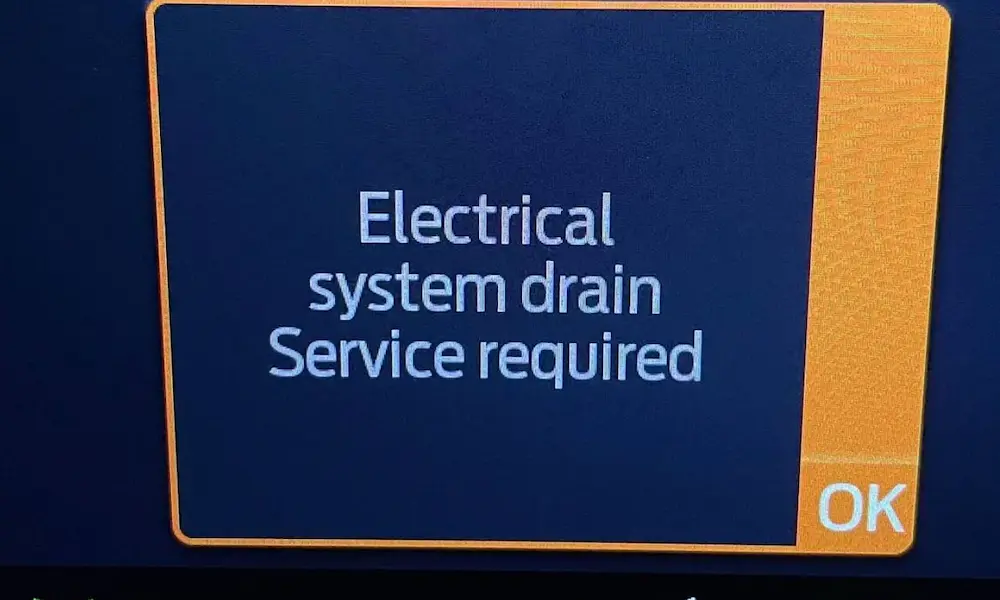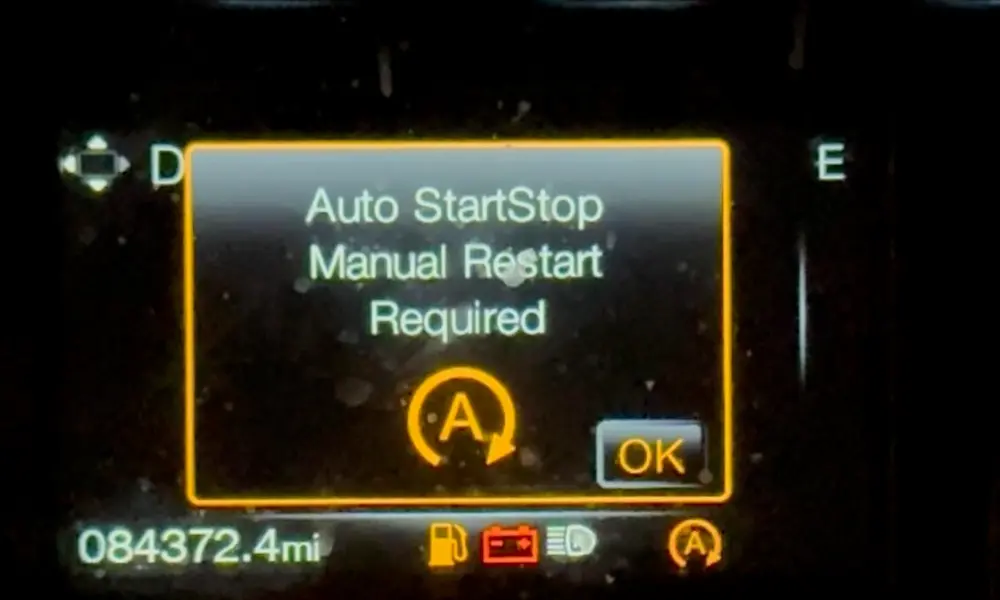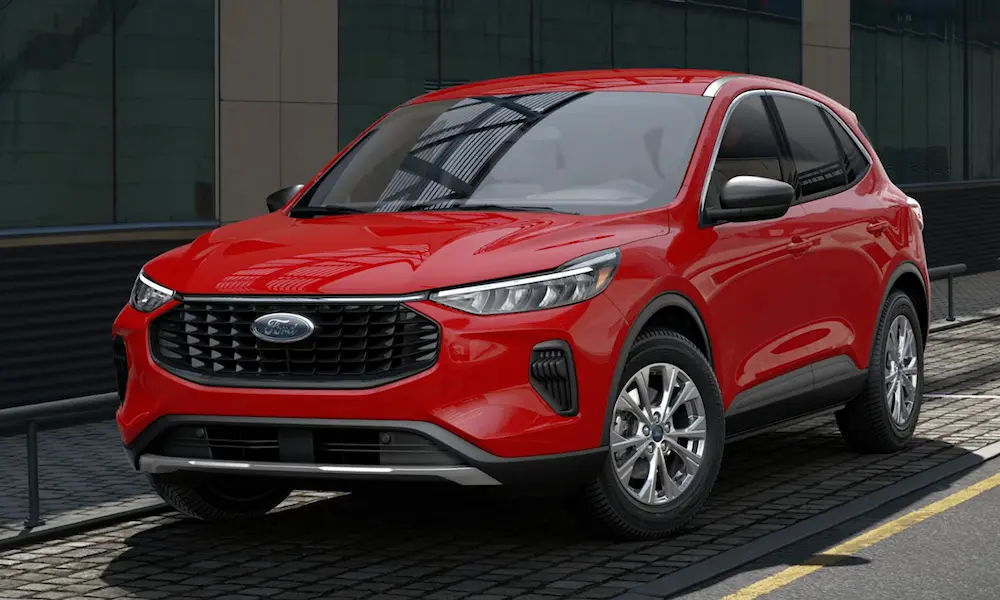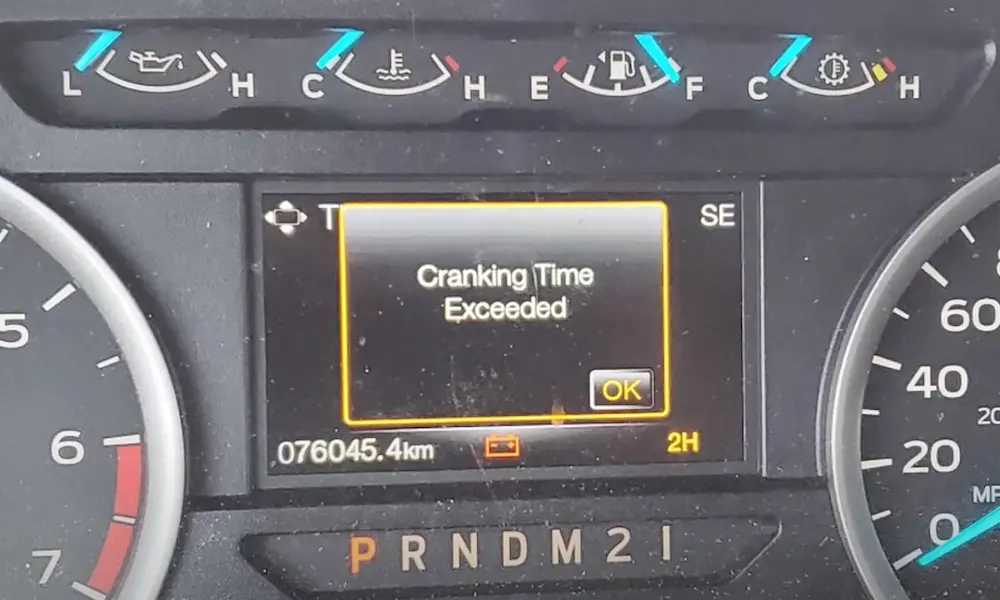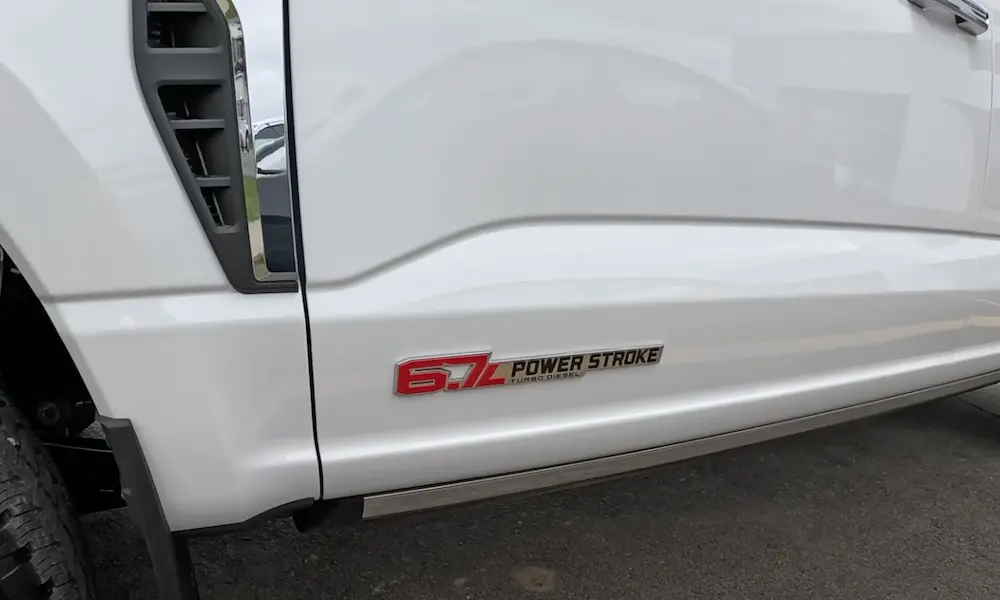Ford’s Pre-Collision Assist is a remarkable safety feature designed to help you avoid potential accidents on the road. It uses advanced sensors and cameras to detect obstacles, pedestrians, and other vehicles in your path, giving you ample time to react accordingly.
However, occasionally, you may encounter a “Pre-Collision Assist Not Available sensor blocked” warning. This can be caused by several factors, such as obscured sensors or electrical issues. Don’t worry, understanding these causes and rectifying them will put you back on track for a safe driving experience.
What is Ford Pre-Collision Assist
Ford Pre-Collision Assist is an advanced driver-assist technology designed to help prevent or reduce the severity of potential collisions. This feature uses a combination of camera and radar technology to detect vehicles or pedestrians directly in front of your car during day or nighttime driving. With this system, you can feel more confident and safer on the road, knowing that your vehicle is watching out for potential hazards.
The Pre-Collision Assist feature works by continually monitoring the road ahead of your vehicle. The system’s camera is located on the side of the rearview mirror facing the windshield, while the radar sensor is situated in the front grille. If a potential collision is detected, the system will alert you with audible and visual warnings, giving you more time to react.
In certain situations, the Pre-Collision Assist can also apply the Automatic Emergency Braking (AEB) feature. This means that if you fail to respond to the alerts in time, the system will automatically apply the brakes to help avoid or mitigate the collision. However, it’s important to bear in mind that this system is supplemental and does not replace your responsibility as a driver. You should always stay alert and maintain control of your vehicle.
Common Causes of ‘Not Available’ Warning and Fixes
Snow and Dirt Buildup
Snow and dirt can often cause the “Pre-Collision Assist Not Available” warning message in your Ford vehicle. The camera located on the side of the rearview mirror, as well as the radar sensor in the front grille, can be obstructed by these elements, affecting the system’s performance. To fix this issue, you should regularly clean your windshield, front grille, and radar sensor, ensuring they are free of snow and dirt.
Misaligned Radar or Camera
A misaligned radar or malfunctioning camera can also trigger the “Pre-Collision Assist Not Available” warning. This can happen due to vibrations or impacts that cause the radar and camera to shift out of their intended positions. To address this issue, you may need to take your Ford to a qualified technician, who can realign the radar and camera system, ensuring the Pre-Collision Assist system works correctly.
Wiring and Signal Issues
Wiring and signal issues can also result in the warning message on your dashboard. If there’s a problem with the wiring or signal transmission, the Pre-Collision Assist system might not receive the necessary information to function properly. In this case, you should have a professional inspect and repair your vehicle’s wiring and electrical connections, so your Pre-Collision Assist system can return to its normal operation.
Adaptive Cruise Control and Pre-Collision Assist Relationship
Adaptive Cruise Control and Pre-Collision Assist are two high-quality features offered by Ford to improve your driving experience and safety. Both systems collaborate to provide you with better control and protection while driving, ensuring a smooth and secure ride.
The Adaptive Cruise Control (ACC) system allows you to maintain a safe and constant distance from the vehicle ahead of you by adjusting your speed automatically. This technology is especially helpful during heavy traffic conditions or on long journeys when constant speed adjustment can be tiresome.
On the other hand, the Pre-Collision Assist focuses on detecting any potential collisions with vehicles or pedestrians in front of you. If it detects a potential collision, it sends a warning message on your dashboard, allowing you to take necessary precautions. In some cases, it can even engage the Automatic Emergency Braking system to slow or stop your vehicle if you don’t react in time.
These two systems work hand-in-hand using radar technology to constantly monitor your surroundings. The same radar module used by the Adaptive Cruise Control is utilized by the Pre-Collision Assist to monitor traffic or objects in front of your vehicle. This makes these features closely related and dependent on each other for optimal performance.
However, it’s important to note that even with these advanced systems, you should always practice safe and attentive driving. Remember, the sensors and radar may face difficulties in some situations, such as when dirt, snow or other substances accumulate on your vehicle’s front grille. This can lead to a warning message on your dashboard, indicating that the Pre-Collision Assist is not available.
In such cases, ensure your sensors and radar are clean and free of obstructions before resuming driving with the assistance of these features. Regardless of their capabilities, Adaptive Cruise Control and Pre-Collision Assist should never be a substitute for your safe and responsible driving habits.
Recalls, TSBs, and Warranty Coverage
Checking for Recalls
When it comes to your Ford vehicle’s pre-collision assist feature, it’s essential to stay informed about any recalls that may affect its functionality. Ford has issued some recalls that involve pre-collision assist systems in the past, such as a recall for around 25,000 vehicles in which this feature was not enabled. To see if your vehicle is affected by any recalls, regularly check Ford’s Recall and Field Service Action search with your VIN or reach out to your local Ford dealer.
Technical Service Bulletins
Technical Service Bulletins (TSBs) can also provide vital information about potential issues with your Ford pre-collision assist system. For example, there have been reports of a service advancetrac and pre-collision assist not available message being displayed on some Ford models. Reviewing TSBs can help you better understand any problems your vehicle might be experiencing and give you insight into potential fixes.
When addressing recalls or TSBs, it’s important to consider your vehicle’s warranty coverage. Ford provides a comprehensive, manufacturer-backed warranty — typically covering specific components like the pre-collision assist system. Ensure you keep and maintain all necessary documentation to make any future warranty claims.
Conclusion
In summary, “Pre-Collision Assist Not Available” warnings may occur in your Ford vehicle. It’s often due to a blocked sensor or other issue. Remember to stay vigilant on the road and address any issues promptly to ensure your safety. Drive responsibly and take care of your Ford.


